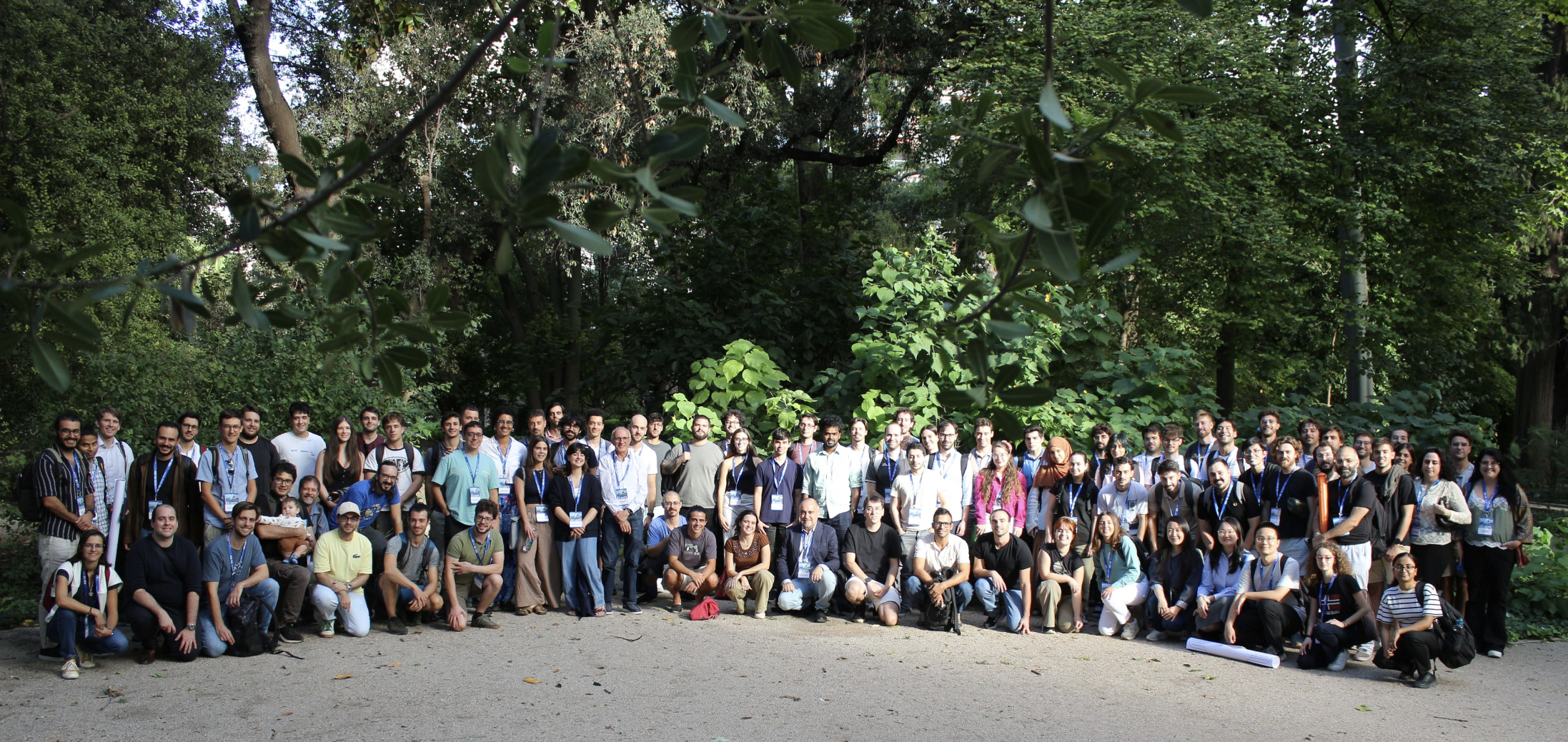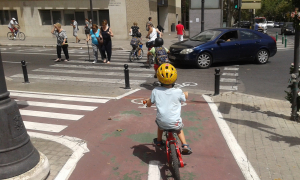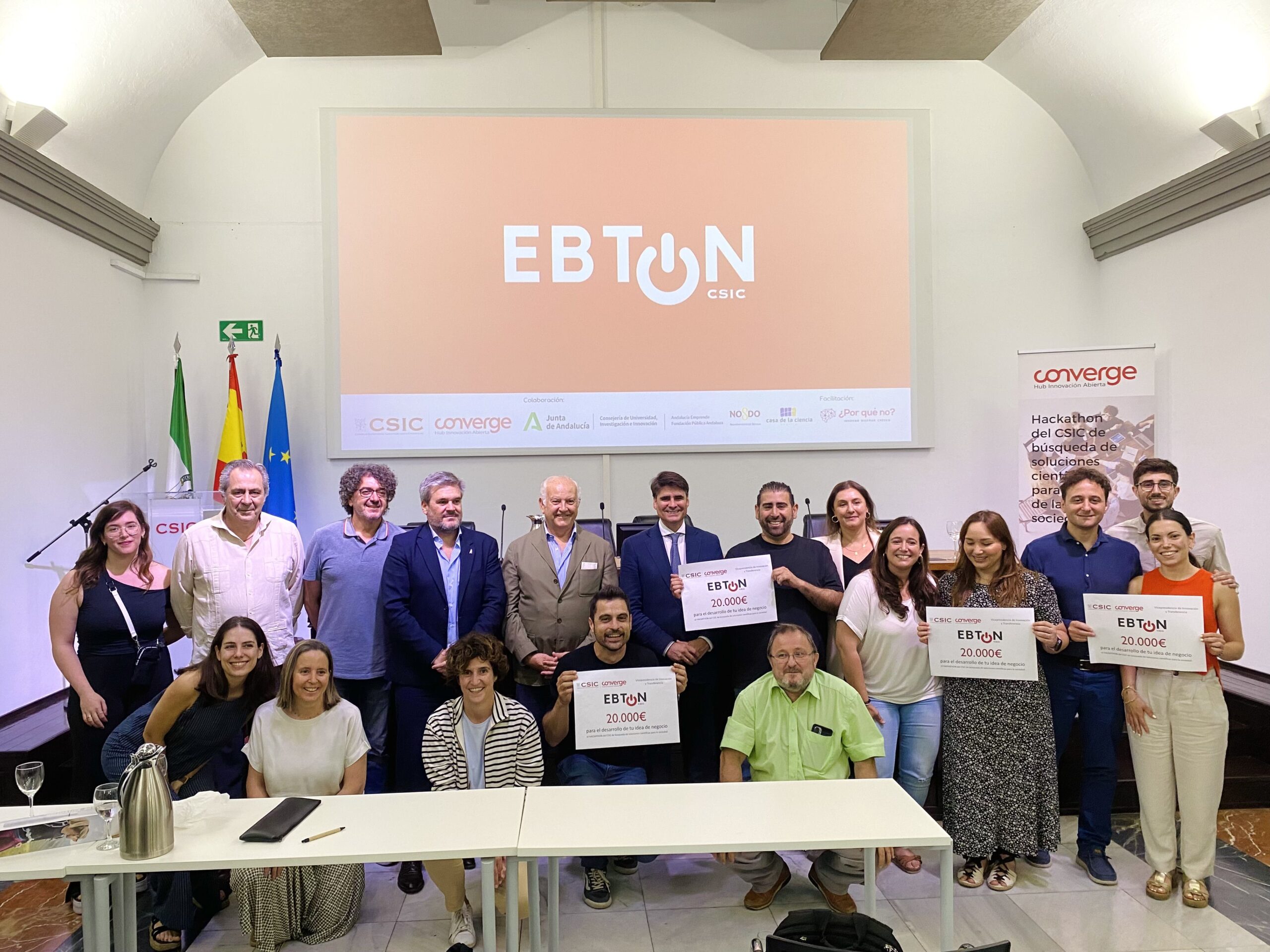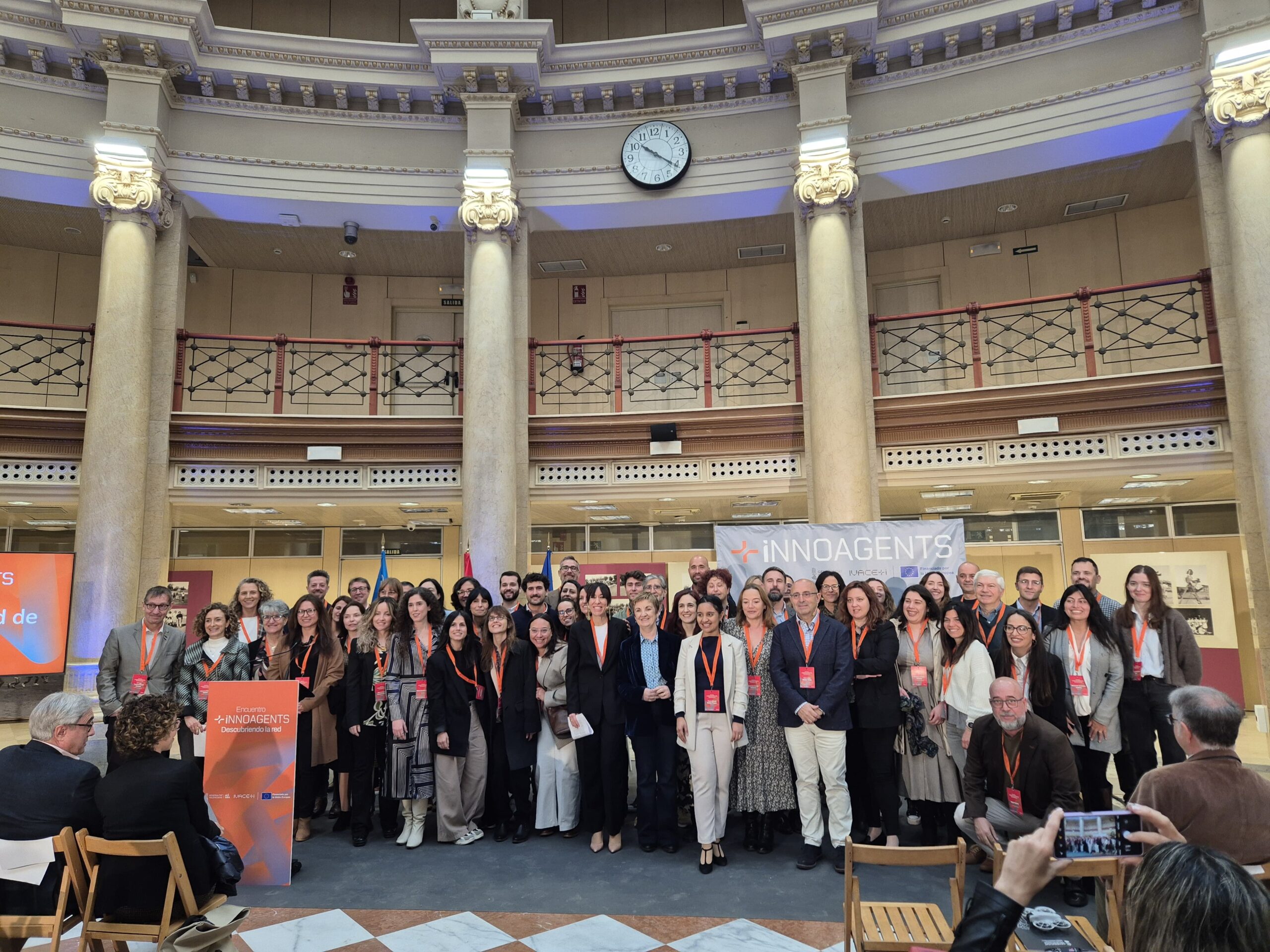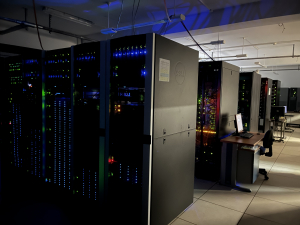The Institute for Corpuscular Physics (IFIC), a joint centre of the Spanish National Research Council and the University of Valencia, celebrated on Monday, 24 November, the institutional ceremony marking its 75th anniversary, an event held in the Marie Curie Auditorium of the University of Valencia’s Science Park.
The ceremony was conducted by Blanca Vicent Beneito, a member of IFIC’s Communication and Outreach Committee, and featured the prominent presence of the Minister of Science, Innovation and Universities, Diana Morant; the President of the CSIC, Eloísa del Pino; the Rector of the University of Valencia, María Vicenta Mestre; the Regional Secretary for Universities of the Generalitat Valenciana, María Esther Gómez; and the IFIC management team.
The authorities were welcomed by the institute’s management before the official programme began. The opening ceremony started at 12:00 and brought together more than two hundred attendees, including representatives from the scientific, academic and political spheres, as well as institute staff.
One of the central elements of the day was an emotive journey through the history of IFIC and the recognition of its scientific achievements, from its earliest developments and pioneering research lines to its participation in major international collaborations in particle and nuclear physics. Nuria Rius and Sergio Pastor, representing the management team, explained the evolution of the institute over seven and a half decades and its impact on science both within and beyond Spain.
The programme also included a roundtable on particle and nuclear physics, moderated by Blanca Vicent Beneito. Participants included Carmen García, CSIC research professor and 2024 National Research Award laureate in Physical Sciences ‘Blas Cabrera’; María José Costa, CSIC research professor and director of the National Centre for Particle, Astroparticle and Nuclear Physics (CPAN); César Domingo, CSIC senior scientist; and Avelino Vicente, IFIC researcher and permanent faculty member at the University of Valencia.
Additionally, as part of the anniversary celebration, the institute premiered its new corporate video, an audiovisual production that presents IFIC as a pioneering international research centre and highlights its significant contributions to society. IFIC is accredited as a Severo Ochoa Centre of Excellence, the highest distinction for scientific excellence awarded by the Ministry of Science, Innovation and Universities in Spain, and it is composed of nearly 400 professionals from 38 countries, including more than 100 doctoral students.
During the closing speech, Minister Diana Morant emphasised the role of science as “the great hope to solve all the challenges of humanity and society” and praised IFIC as a pioneering centre of excellence in particle, nuclear and astroparticle physics: “Without your work, our country would not be able to bring light into the shadows for society.” Morant also described IFIC as “an example of the success of joint centres, where combining capabilities multiplies them and enables stronger science with greater impact on the regions.”
Along the same lines, both the President of the CSIC, Eloísa del Pino, and the Rector of the University of Valencia, María Vicenta Mestre, highlighted that IFIC is a clear example of the success of joint centres, with research groups largely made up of members from both institutions and with shared resources.
For their part, the institute’s management expressed their gratitude to all the people, within and beyond IFIC, “who have contributed to making this celebration, so important for us, a success.” “Thank you very much for your participation and support. We are more motivated than ever to face the challenges of the future with the collaborative spirit and enthusiasm that have driven us for these 75 years, and will continue to be our hallmark,” they stated.
At the end of the ceremony, a cocktail reception was offered to attendees, conceived as a space for meeting and celebration among institutional representatives, researchers and collaborators.


